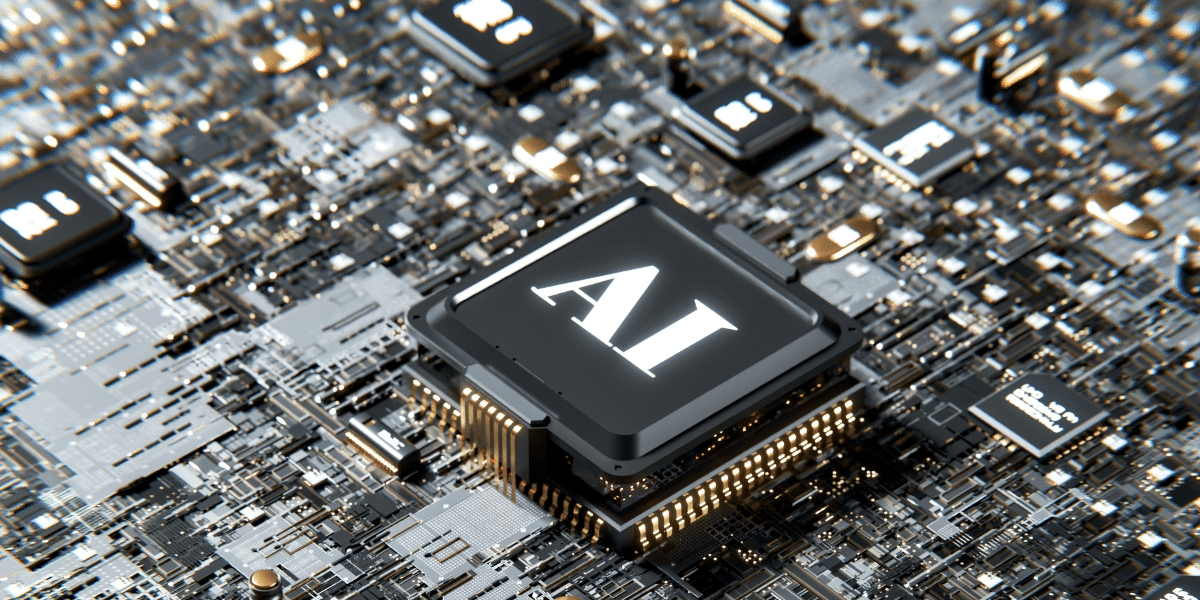Ever since OpenAI debuted its ChatGPT bot in November 2022, almost every facet of our lives have been affected by its capabilities.
Five days after the first ChatGPT demo went live online on November 30, 2022, the site welcomed over one million users.
The success of ChatGPT quickly led to the introduction of competing AI chatbots, such as Google Bard, Microsoft Bing, Jasper Chat and Chatsonic.
ChatGPT’s creator OpenAI defines its ideal uses as fast answers to questions, finding creative inspiration, and as a learning source.
However, some users interact with AI for other purposes, some of which may be considered questionable or even unethical.
This quickly led to the creation of the first AI detector tool, which premiered two months after ChatGPT.
How AI Detectors Work
Those unfamiliar with AI detectors may consider them similar to plagiarism checkers. However, an AI detector’s algorithms are considerably more complex.
While an anti-plagiarism tool searches for text copied verbatim from an online source, AI detectors search for text generated by ChatGPT or another AI chatbot. Its detection decisions are based on several factors, including perplexity and burstiness.
AI detectors measure perplexity, or the level of unpredictability within the content, together with burstiness, which describes levels of variation in sentence length and structure. Burstiness reviews sentence structure while perplexity reviews word choices.
However, AI detectors have only been publicly available for less than a year. How well do they do their jobs?

Are AI Detectors Accurate?
The first publicly-released AI detector, GPTZero, was created by Princeton student Edward Tian during winter break.
GPTZero went live in January 2023 with little fanfare, but was such a hit that its host server couldn’t handle the traffic.
While Tian’s creation measured perplexity and burstiness, neither ChatGPT or GPTZero initially encountered the levels of content currently available. Today, only constantly upgraded AI detectors are considered reliable.
Today, there are many more GPT chatbots and AI detectors, each with their own algorithms, programming and language model training. But the perfect AI detector is still in the future…or is it?
Strengths and Limitations of AI Detectors
All AI detectors constantly improve with the assistance of machine learning algorithms. Machine learning improves their overall performance without the need to be explicitly programmed.
Performance is improved as this algorithm “teaches” the AI detector to recognize text, objects, and even human faces. It also enables the detector to analyze growing amounts of vast datasets available.
Ultimately, the abilities of the programmers and the quality of the machine learning data are among the factors that create the top performers. However, every AI detector has the potential to slip up. This is described as a false positive.
False Positives in AI Detection
When an AI detector’s results are incorrect, defining a portion of AI-produced text as human-produced or vice versa, this is described as a false positive.
One limitation is that many AI detectors display a degree of bias against users who are speaking non-native English. They misclassify non-native English writing samples as AI-generated, while correctly identifying writing samples from users with English as their first language.
Higher percentages of false positives have also been seen with legal documents. These often produce low perplexity and burstiness scores, which AI detectors flag as AI-authored.
One notable example: When presented with the United States Constitution, ZeroGPT delivered results that claimed that the Constitution was authored by AI chatbots.

Now that you know what AI detectors look for, you may be wondering if all AI checkers are accurate, or if you can fool them.
Can You Beat An AI Detector?
This question was answered by a group with a particular interest: professional copywriters.
During 2023, these strategies have been found to have varying degrees of success when convincing an AI writing detector to label their work as human-generated:
- Rephrasing and rewording AI-generated copy. This was a popular way to produce copy that detectors label as human-generated. However, as AI algorithms continue to improve, this strategy is not as reliable as before.
- Combining multiple AI prompts also fooled some detectors. This requires users to compose an article outline and a few subheads.
- Add some white spaces. Users determined to beat AI detectors have found that adding a single white space or changing punctuation often works.
Ultimately, users who want to “beat the bot” will want to determine the most accurate AI detectors and test their skills against them. There are plenty of tests being conducted to determine the winner. Let’s look at those now.
What Is the Most Accurate AI Content Detector?
This question may appear difficult to answer, and here’s why: Different testers use different test methods. An AI detector that scores highly for one tester may turn in a lower accuracy result for another.
A single Google search will result in plenty of test results and bar graphs that define different AI detectors as the best.
For example, the makers of the ZeroGPT (a copy of GPTzero) detector claims 100% accuracy, with performance that ranks them above popular detectors such as turnitin and Originality AI.
Cornell University claims that CopyLeaks is the best AI detector for college professors and graders.
But not everyone agrees with these claims, including the experts behind the Undetectable AI detector. The best AI detectors all have their strengths and weaknesses.
What Is the Best Tool to Beat AI Detectors?
Introduced earlier this year, Undetectable.ai is an AI content detector that also provides the ideal solution for anyone who wants to put AI-generated copy to use without the concerns of AI detection.
Unlike the initial AI detectors, Undetectable AI provides users with a two-step solution that guarantees 100% protection against detection.
- After your text is reviewed for perplexity, burstiness, and additional methods of AI detection, Undetectable.ai goes a step further.
- Your content is enhanced with details that mimic human writing patterns, including subtle text variations and inconsistencies.
Reviewers and AI detectors alike will be unable to distinguish the final version from text, copy or content composed by a human.
Now that you know how to ensure your work is undetectable by AI checkers, there’s a question only you can answer: Should you be using this technology?
Should You Try to Beat AI Detection? (The Ethical Question)
While there are plenty of situations that question the existence of AI detectors, one that raises the most ethical questions is the classroom. There are several to consider.
- Has your school published an official statement regarding the use of AI chatbots? Here’s an example: Tennessee’s Vanderbilt University’s AI policy.
- Do you plan to use AI bots for initial brainstorming, or will you prompt AI to produce the bulk of your written work?
- Will the use of AI reduce your time spent participating in traditional learning activities?
Perhaps the most potentially damaging aspect of an AI-supported education is that students risk missing out on the traditional education that brought them to the school.
Instead of learning their degree subject, they could end up improving their AI skills and little else.
When It’s Okay to Bypass AI Detectors
Whether you’re a student or employee, there are times when using a reliable AI detector isn’t necessary.
For example, if your school or employer policy has stated that AI detectors are not used (these policies usually reflect the belief that AI detectors are unreliable).
When It’s Not Okay to Bypass AI Detectors
While this is ultimately an ethical question for those looking to escape detection, those whose job is to maintain the effectiveness and accuracy of written content will want to use a highly-ranked AI detector.
Publishers and editors use AI detection tools to ensure no text contains misinformation.
SEO managers use AI detectors to ensure against fake news or AI-generated content, as both will lower their SEO rankings.
Conclusion
Whatever your reasons are for using an AI detection tool, taking an educated approach to AI-created content is key for optimal results.
By learning how AI detection tools identify AI-generated content, how false positives are triggered, and the strengths and limitations of AI detection, you’ll come away with a much better idea of how you can both ethically adhere to and get around AI detection.
Published by: Martin De Juan

















